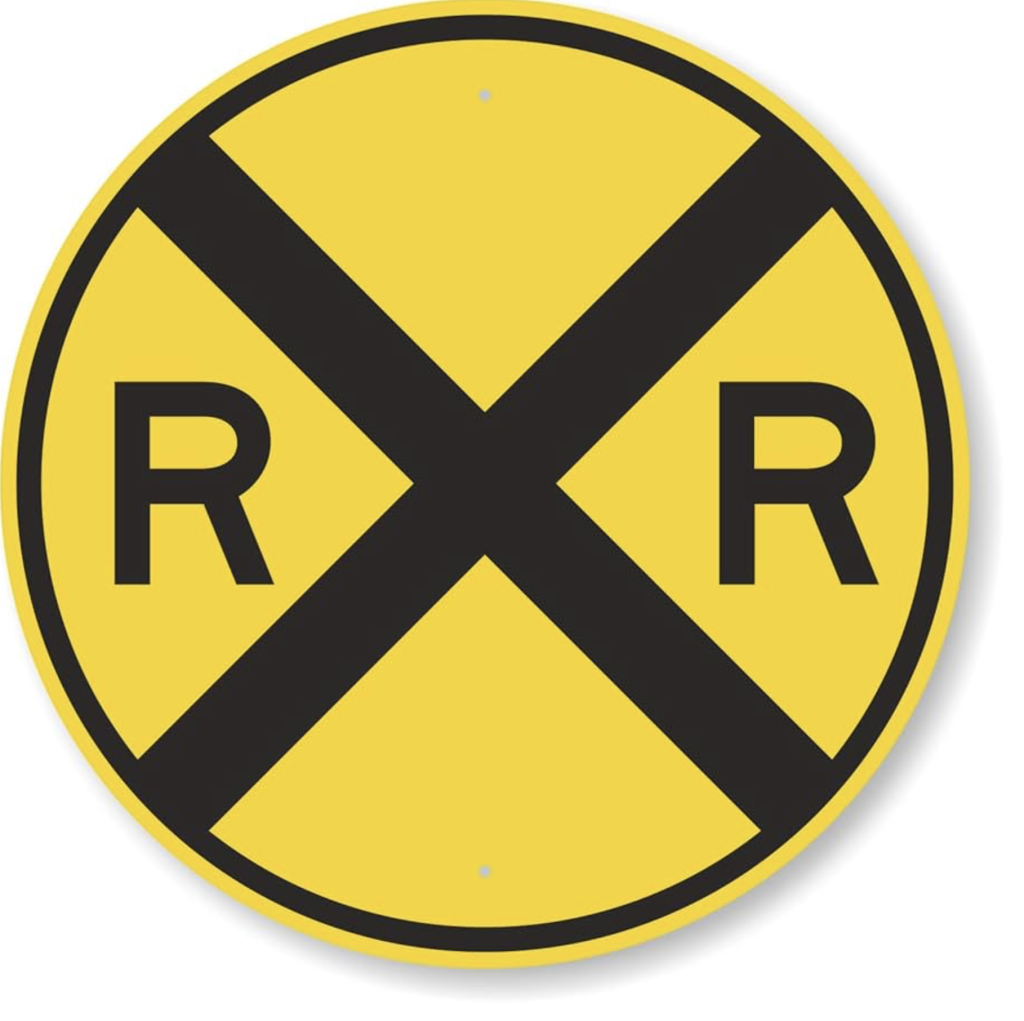
By Brian Hews
The federal Train Horn Rule, established in 2005, gave local government agencies the power to restrict the use of train horns at railroad crossings, provided they met certain criteria.
The rule set nationwide standards for the sounding of train horns at crossings and changed the sounding of horns from distance-based to time-based; more importantly, the rule established a process to create Quiet Zones [QZ].
A QZ may be established after implementing safety improvements that provide the same level of risk reduction as would otherwise be provided by the train horn. A QZ can be one crossing in a community or several consecutive crossings in one or more communities. A QZ can be created along corridors shared by railroad and rail transit.
The Train Horn Rule provided a clear and structured process for determining what can be done to restrict train horns, formally documenting their silencing, and officially establishing a QZ. This process involves a series of safety assessments, community consultations, and the implementation of safety improvements that provide the same level of risk reduction as would otherwise be provided by the train horn.
In 2005, Santa Fe Springs hired JMD Engineering to conduct a QZ study along the Union Pacific Railroad Corridor in the city. At the time, JMD looked at five at-grade crossings in the corridor. The study was ordered in response to residents’ complaints about pollution and noise at the Los Nietos Yard. Nothing was acted upon, and the residents remained steamed.
“Over the years, many residents have complained about noise generated by Union Pacific’s yard along Los Nietos, where the trains are assembled and taken apart, as well as train whistles,” said City Manager Rene Bobadilla. “The whistles sound much louder during the middle of the night when there is no sound of traffic muffling them,” he added.
Now, years later, the city wants to once again contract with JDM to conduct another QZ study. This study, with the potential to significantly reduce noise and improve safety, is a step towards a more peaceful and secure community. JDM looked at the corridor, this time identifying six at-grade crossings where QZ improvements can be implemented.
The corridor crossings run from Pioneer Blvd (North), Los Nietos Rd., Los Nietos Yard, Smith Avenue, Pioneer Boulevard, and Florence Avenue.
But the absence of a train horn has been shown to increase the risk of collisions, so if the city wants to establish a quiet zone, it will have to do, at a minimum, use active warning devices, including flashing lights, gates, constant warning time devices, and power out indicators
There are several methods that can reduce train horn noise, but the best and most cost-effective way to reduce risk in a proposed QZ is to install Supplemental Safety Measures (SSMs). SSMs are preapproved risk-reduction engineering equipment installed at the crossings within the QZ. The improvements include supplemental safety measures such as additional safety signage, raised medians, pedestrian gates, street striping, and possibly other security precautions.
The proposal for the new QZ study was not initially included in the city’s ‘24-’25 budget. However, in response to numerous complaints received related to train horns blowing, the city is now considering this study. The proposed study, to be conducted by JMD Engineering, will focus on identifying and implementing improvements at six at-grade crossings within the QZ. To fund this study, the city plans to appropriate $55,000 from the user utility tax capital improvements fund.